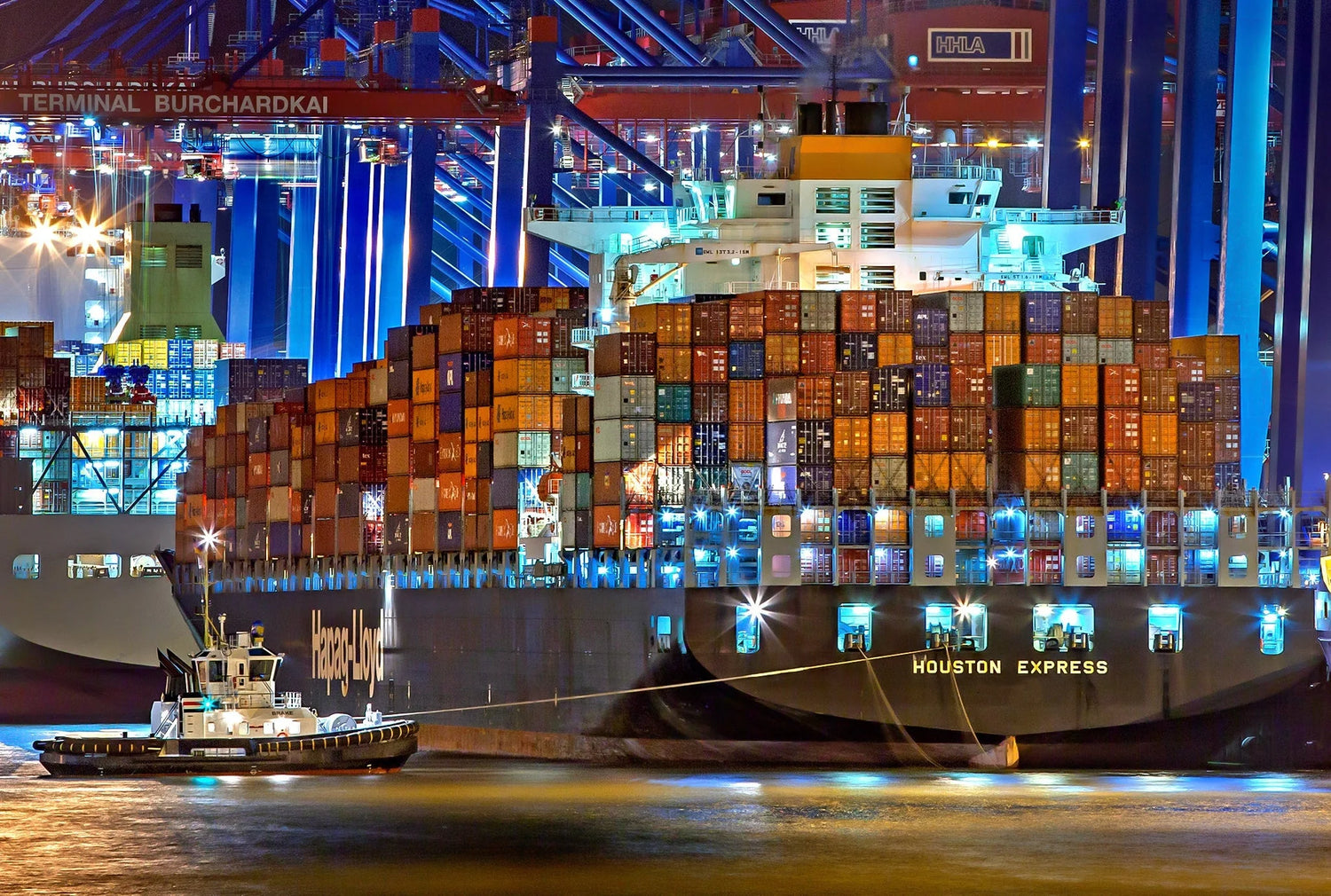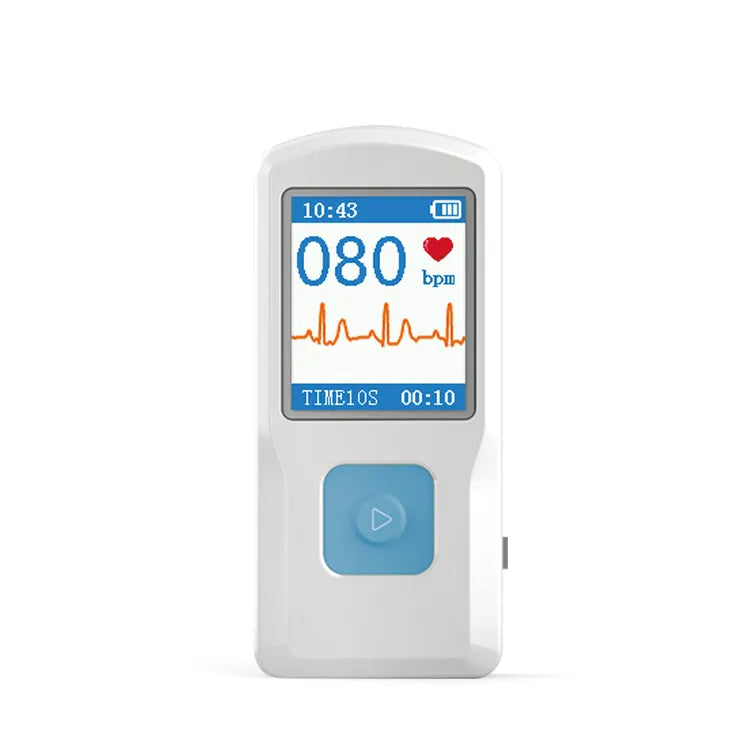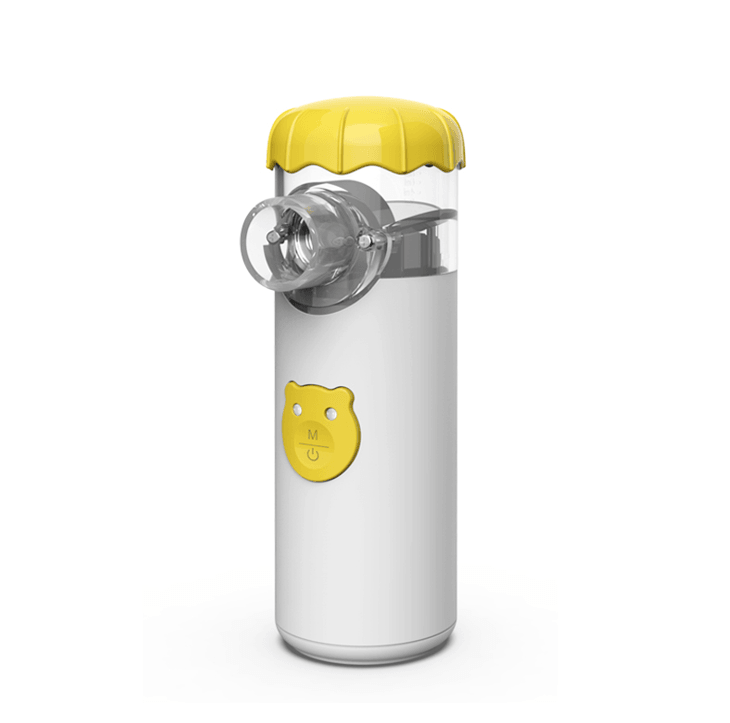Inflation Alert: High freight rates expected to persist

As global demand for commodities and freight surges, demand for container ships is at an all-time high, and freight rates continue to be high, executives at companies that lease vessels to ocean carriers don't expect this boom in the market to end anytime soon. Instead, their optimism could be another sign of inflation.
As the epidemic disrupted global supply chains, many ports around the world became congested, causing transportation costs to soar. According to data from Kuehne+Nagel, one of the world's largest freight forwarders, there are now 584 container ships stranded outside ports around the world, a number that has nearly doubled since the beginning of the year, according to the Financial Times. Also according to Freightos, the average global freight rate for a 40-foot container today is nearly $10,000, three times what it was at the beginning of the year and almost 10 times the pre-epidemic level.
According to FreightWaves, executives from container ship charterers told the Capital Link New York Maritime Forum this week that recent deals strongly suggest that liner companies believe high freight rates will continue until at least 2022, and they cited three pieces of evidence.
First, liner companies are finalizing leases early - not sporadically, but in large numbers," said Evangelos Chatzis, the chief financial officer of Danaos Corp. "Liners are rushing to finalize tonnage even a year before current leases expire. Current leases are for four to five years. They know the trade flows better than anyone else, which shows their view of the market."
Graham Talbot, the chief financial officer of Seaspan's parent company, Atlas Corp. revealed that the company has completed 58 early-finalized charters this year, representing nearly half of its current fleet on the water, and said it has no upcoming charters for the rest of the year and only a few for next year and the year after.
The second, the acquisition of vessels. "We are not only seeing charterers preparing a year in advance for four-year charters, but we are even seeing them buying vessels for delivery a year later," said Aristides Pittas, chief executive of Euroseas.
Third, liner companies are prepaying charters in the first year of multi-year charters. says Constantin Baack, CEO of MPC Containers, "In some cases, we can prepay a portion of the vessel charter, so while the charter rate is an average of $40,000 per day, it will be paid in advance in the first year. "
For example, the charter rate is $45,000 per day, but we receive $80,000 in the first year and then gradually reduce it in subsequent years," says Danaos' Chatzis. ...... Charterers don't know what the next one, two or three years will be like, and they want to pay a rate that matches the current large revenue they can match the huge revenues that can be foreseen."
Also on the vessel supply side, Containership Charters believes that new construction in 2022 will not pose a threat to the booming market: while the current order book is 23% of the fleet on the water, the vast majority of large vessels on order will not be delivered until 2023-2024.
Euroseas' Pittas notes that deliveries in 2022 will be very small, in addition to the impact on shipyards of global supply chain disruptions and Chinese power restrictions. "I think new ship deliveries will be delayed." Pittas added that until the 2023-2024 wave of new ship deliveries arrives, "I can't imagine any material correction [in the market]."
Atlas' Talbot likewise believes that the risks posed by ship supply to the market boom will not begin to emerge until 2023.
As for demand, Global Ship Lease CEO George Youroukos expects supply chain disruptions on the export side related to the outbreak to continue, leading to further backlogs of cargo and consequently longer ship demand. I don't think anyone believes we're going to be able to eradicate the outbreak globally in the next 12 months."
Overall, Youroukos believes that the strength in the consolidation market will not be short-lived and that, barring a black swan event, "the momentum will be maintained, at least for the next couple of years.
When asked about the recent drop in spot rates from record highs, Youroukos called it a positive sign, saying freight rates must be high enough for liner companies to afford high charter rates, but not so high as to undermine ship demand.
Freight rates are down slightly, which I think is healthy," Youroukos said. We want consumers to have confidence. We want consumers to have the ability to spend. We all know inflation is rising."
Global supply chain bottlenecks and labor shortages have pushed up the cost of production, and many companies have announced price increases in response, which consumers have to pay for. The U.S. Department of Labor recently released data showing that the U.S. CPI rose 5.4% in September, the same rate of increase as in June and July when the economy restarted. Meanwhile, the U.S. PPI rose 8.6 percent in September, a record high since November 2010.
WE RECOMMEND
Related posts
- Subscribe MedInsights
- Subscribe MedInsights
- Subscribe MedInsights
- Subscribe MedInsights
- Subscribe MedInsights










